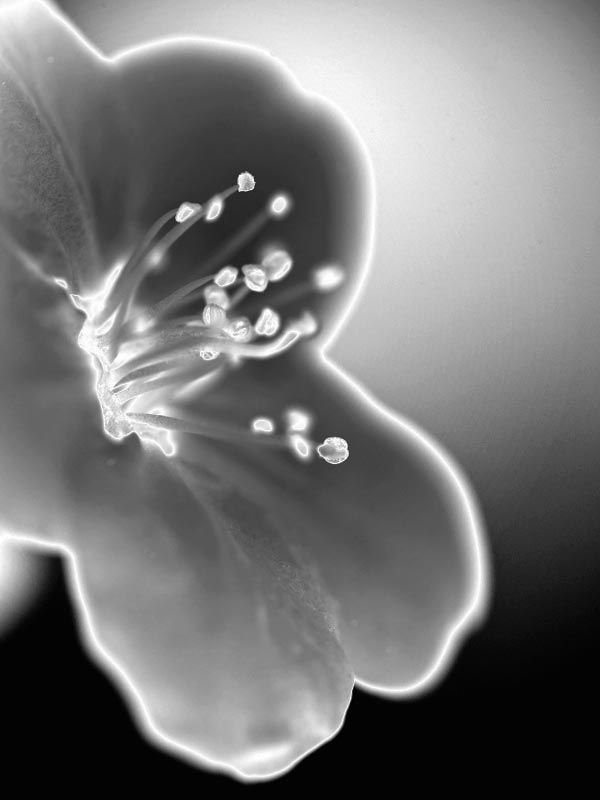Today we celebrate the birthday of one of the great avant-garde photographers of the modern era – the enigmatic Man Ray. Born Emmanual Radnitzky (27 Aug 1890 – 18 Nov 1976) in Pennsylvania, US, he was the oldest child of Russian Jewish immigrants.
He changed his named to Man Ray in his early 20’s – ‘Ray’, a shortened form of Radnitsky, was something his brother came up with in reaction to the anti-Semitism prevalent at the time, while ‘Man’ came from his childhood nickname ‘Manny’.
Interested in art from an early age, Man Ray pursued a career as an artist after leaving school. Starting with painting as his medium of choice, he soon developed an interest in the avant-garde movement and became involved with the Dadaists in New York. He started investigating alternative image-making methods, including photography, as well as experimenting with various new artistic forms and techniques, including readymades (influenced by his friend Marcel Duchamp) and kinetic art.
In 1921 he relocated to the Montparnasse quarter in Paris, France, an area favoured by artists of the time. Over the next 20 years, he focused on photography, becoming an influential photographic artist and photographing many of the key figures in the art world, from James Joyce to Jean Cocteau.
While he made a notable contribution as painter, he is perhaps best remembered for his photography – he is responsible for some of the most iconic photographic images of the 20th century. Together with his assistant and lover Lee Miller, herself a surrealist photographer of note, he ‘reinvented’ the technique of solarisation when Lee accidentally over-exposed an image in his darkroom.

(© All Rights Reserved)
Solarisation is the partial reversal of an image which occurs when a film or print is subjected to a brief period of extreme over-exposure. The effect was first discovered in the early 19th century and was already identified by photographic pioneers such as Daguerre and Draper, so Man Ray definitely didn’t invent the concept. He did, however, recognise the creative potential of this ‘accidental technique’, which usually occurs when a film or print is accidentally exposed to brief flash of light (like briefly switching on a light in the darkroom). He spent a lot of time and effort perfecting the technique, and produced some of the classic examples in this style.
While the solarisation technique is a physical, chemical process achieved during the development of a piece of photographic film or print, various digital processing techniques have been developed to mimic the solarisation effect – Adobe Photoshop even has a readymade ‘Solarize’ filter. A decent digital approximation of the solarisation effect can be achieved using tools like Photoshop, but it’s not quite the same as the real thing. It is definitely less exciting in the sense that you are almost in too much control of the effect – you can precisely control the levels of ‘digital solarisation’, unlike the physical situation where you are partially at the mercy of the chemistry of your medium, and the element of chance becomes an integral part of the artistic process.

(© All Rights Reserved)
Of course art is not just about the tools – whether you use a flash of light or a photoshop tweak to achieve a creative result, the technique will always be subservient to the artistic inspiration. In the words of Man Ray himself:
“… there will always be those who look only at technique, who ask ‘how’, while others of a more curious nature will ask ‘why’. Personally, I have always preferred inspiration to information.”
Well, I was totally ignorant of this technique until now.
I don’t know which impresses me more – the great topics you blog about each time, or the fact that your supply of great topics doesn’t dry up!
Thanks, Sid – you are too kind! 🙂